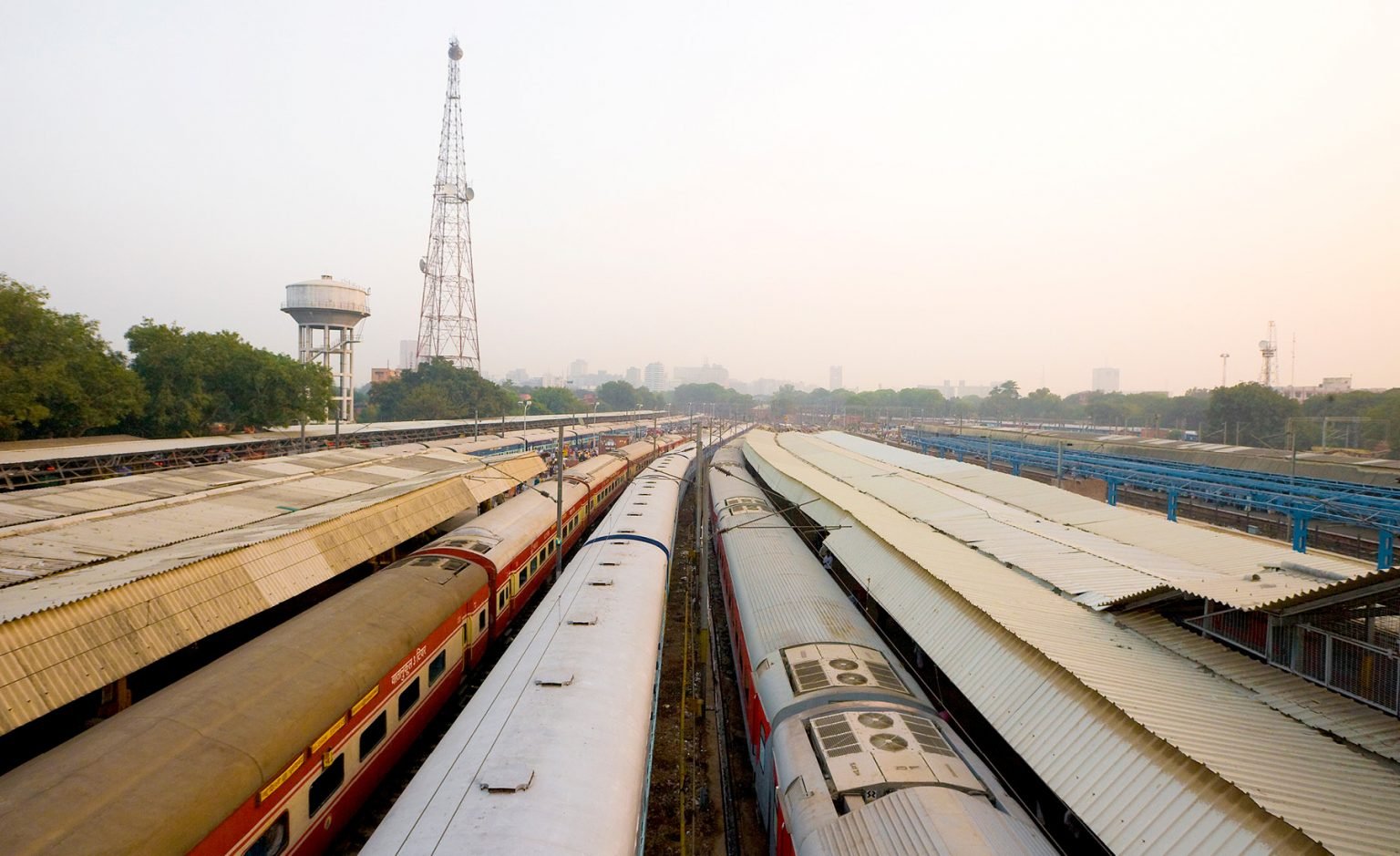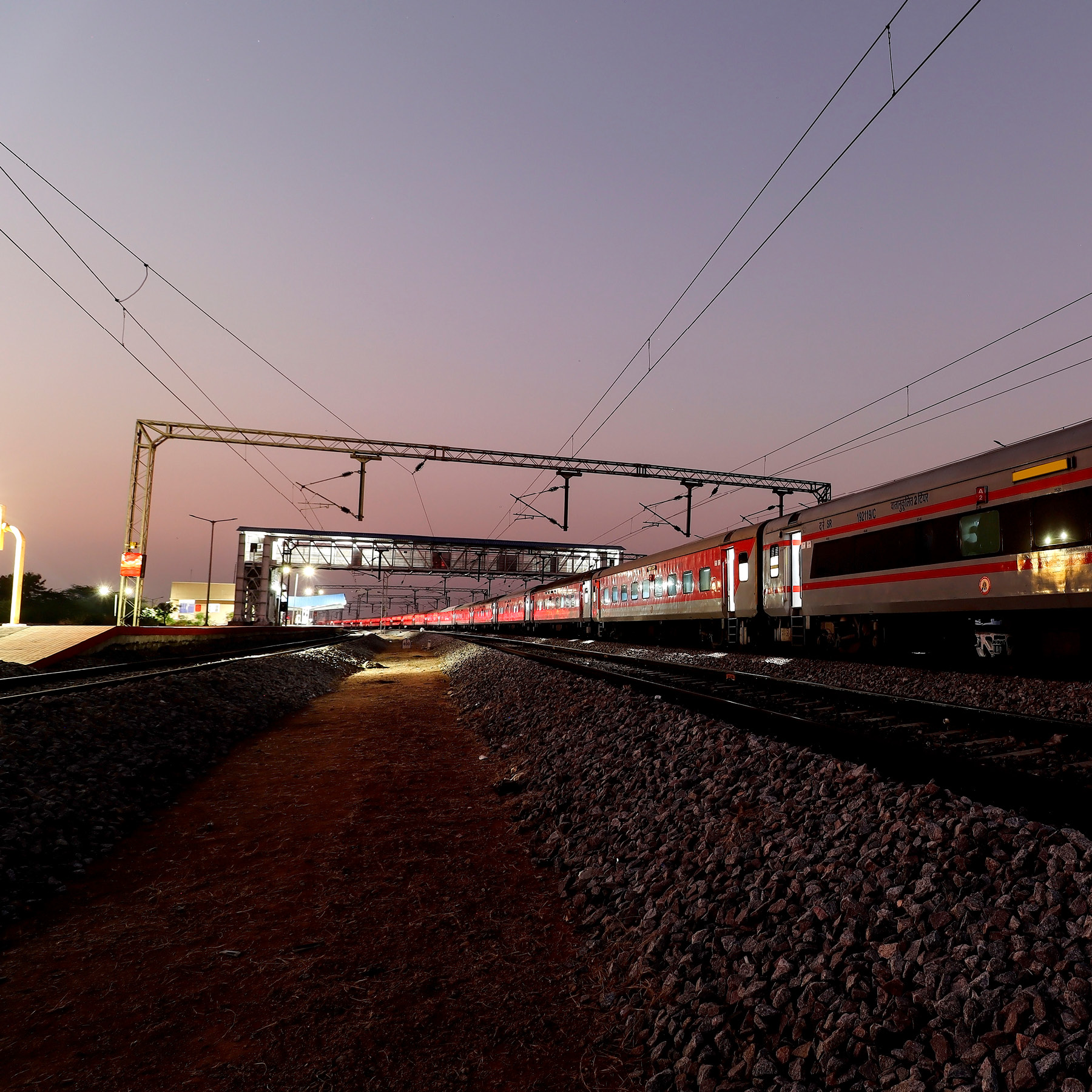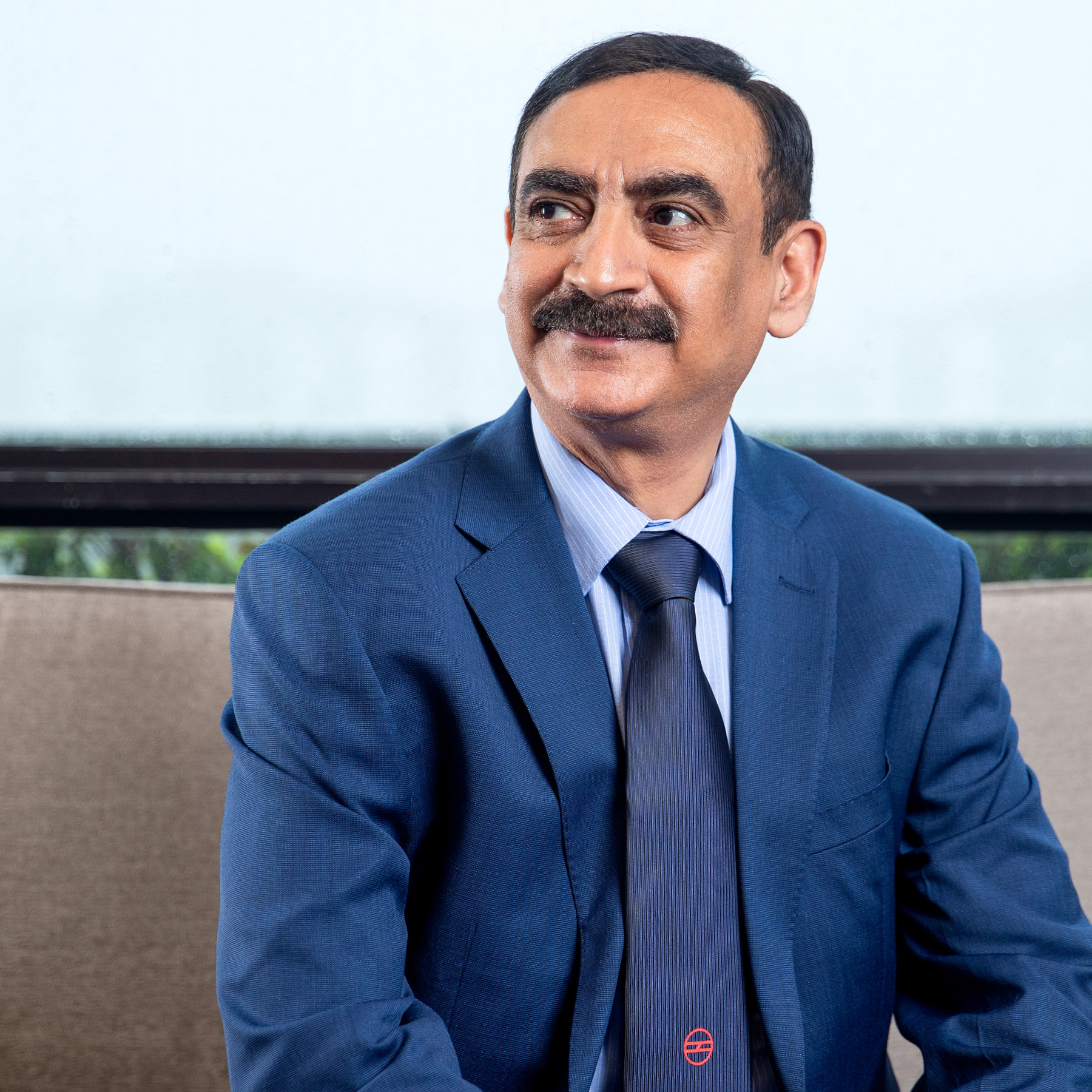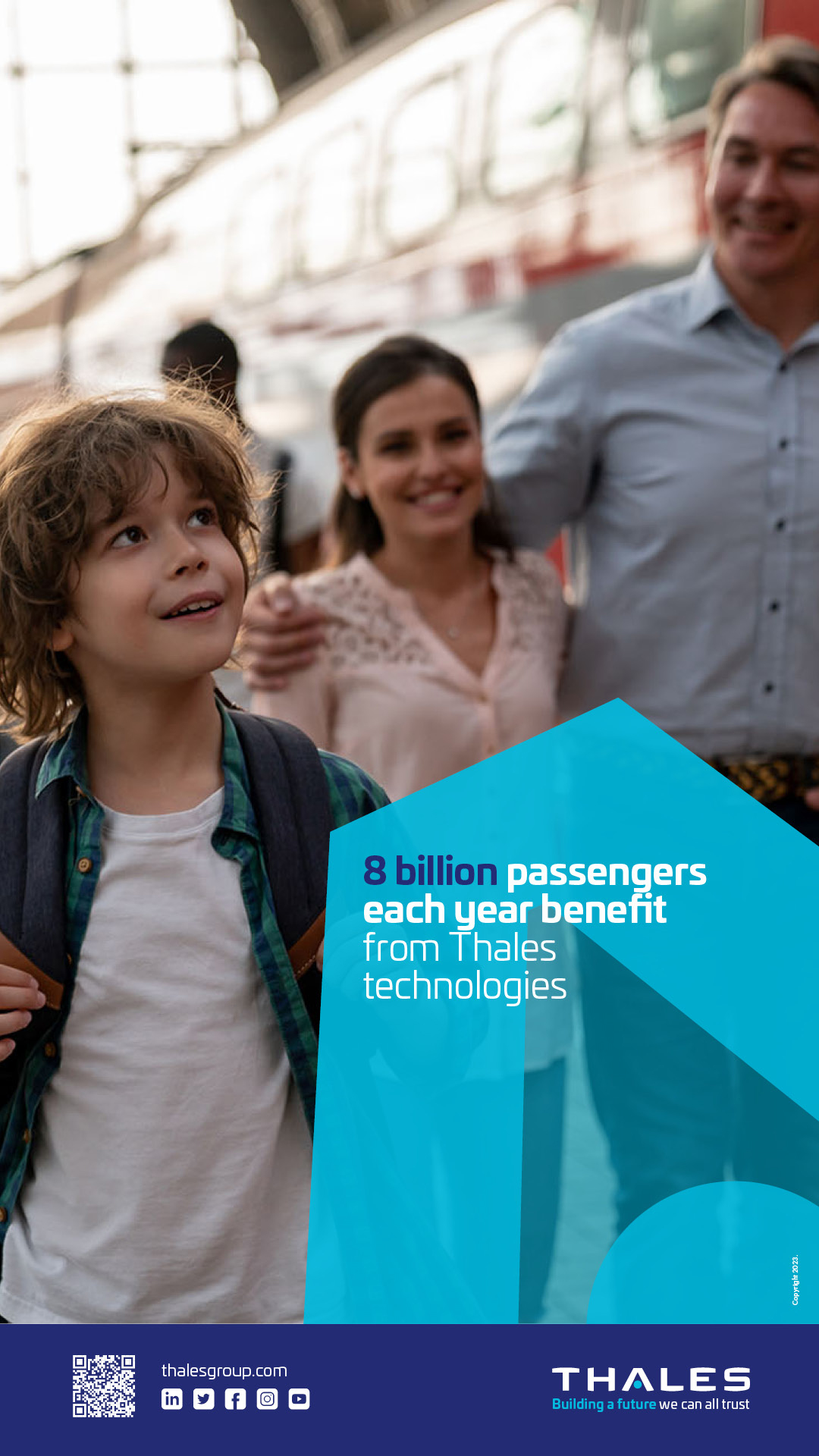Considering it only became operational in 2002, the rapid expansion of the Delhi Metro is nothing short of impressive. Overseeing a project that mobilizes the capital region and leads the metro projects within the country requires someone with experience and expertise. Someone like Vikas Kumar.

“Today, we are operating around 390 kilometers with 286 stations, making Delhi Metro one of the largest metros in the world,” Kumar tells The CEO Magazine. “Leaving aside the Chinese metros of Beijing and Shanghai, once phase four is completed, we will be set to overtake London Underground and become the largest in the world.”
Before joining Delhi Metro Rail Corporation (DMRC) in 2004, Kumar worked within the Indian Railways and was the Kumbh Mela Officer. It was there that Kumar got first-hand experience of ensuring safe movement of millions of people in real-time, and he put it to good use when Delhi hosted the Commonwealth Games in 2010.

“From my experience in the Indian Railways, I learned that it’s a 24/7 job. It taught us to work hard, innovate frequently, and work from the front,” he says. “We used to go to accident sites to talk to the people, explain, and make necessary arrangements. Railway has a robust system of safety guidelines, which we have inculcated in Delhi Metro as well.”
From the railways to the metro, the journey couldn’t have been smoother for Kumar since he went to work under E Sreedharan, colloquially known as the Metro Man of India.

From my experience in the Indian Railways, I learned that it’s a 24/7 job. It taught us to work hard, innovate frequently, and work from the front.
Working through challenges
Over 20 years, DMRC and Kumar have made giant strides in defining India’s urban transportation blueprint. India is only the sixth country to develop an i-ATS (Indigenous-Automatic Train Supervision) system, which is now commissioned, and work is in progress to implement an iCBTC (Indigenous Communication Based Train Control). On top of that, DMRC is already running driverless operations to improve reliability.
It’s now working on three new corridors covering 65 kilometers, with three more in the pipeline. The goal is to keep up with the rapid growth of urbanization and give people reasons to embrace public transport. As such, Kumar and the Indian government are experimenting with new solutions.
“Our focus is on growth and efficient services, and for that, mobility-as-a-service comes up,” he explains. “Customers should get seamless service through all modes of transportation, and various ticketing systems in the city need to be integrated into one app.”
In the next few years, Kumar’s priorities are set to improve customer experience and optimize the system to cater to the demand. In June, DMRC launched a dedicated mobile app for its passengers called DMRC Travel to generate convenient and hassle-free mobile QR code tickets for travelling across its network. This app has already been downloaded more than 175,000 times as passengers make the switch to QR code-based mobile tickets.
The Indian government is also working toward something similar. In December 2020, the first National Common Mobility Card-based ticketing system was launched on the DMRC’s Airport Express Line, which allows debit cardholders to use the same card for public transport. The same technology is now ready to be implemented across the entire DMRC network.
Under Kumar, the DMRC continues to tinker with many ways to decongest roads in the National Capital Region and position the metro rail network as a sustainable option.
But it hasn’t been smooth sailing. The COVID-19 pandemic was a major blow to the transportation system and it wiped out about US$350 million during lockdown. With no surplus amounts for asset renewals, DMRC today relies on cutting-edge AI and IoT for predictive maintenance.
It’s trying to diversify revenues and is veering into consultancy and international projects by bidding in Israel, Egypt, Bahrain and Bangladesh. For Egypt, Bangladesh and Israel, DMRC plans to act as general consultants, while the Bahrain metro construction is to be carried out by DMRC.
“In the next few months, the key areas of focus are providing reliable services along with retaining skilled manpower for doing this,” Kumar says.
Delhi Metro acts as a feeder to new metros around the country, and people often leave for promotions. But Kumar takes every challenge in his stride.
“We have a state-of-art academy at Shastri Park in Delhi where we have trained Dhaka Metro personnel. We’ve recently tied up with IIT [Indian Institutes of Technology] for a tunneling course because it’s an activity that is now very much required in the Indian urban landscape as brownfield projects take shape,” he says.
A league of its own
DMRC is not only leading the metro movement in India but also making its presence felt around the world. It’s part of the International Association of Public Transport and one of 44 members of the Community of Metros. Since every metro has different challenges, the members share knowledge and experience to help each other grow and measure the KPIs.
“We have an upper hand because manpower in India is cheap. As far as knowledge and skill are concerned, we are right up there. In fact, Delhi Metro has influenced a lot of metros around the world,” he says.
Kumar gives the example of Barcelona adopting the multi-skilling approach after DMRC started combining station controllers and train operators.

In the next few months, the key areas of focus are providing reliable services along with retaining skilled manpower for doing this.
A lot of this has been possible because of the stable partnerships DMRC has built with suppliers. It has gone out of its way to accommodate partners, taking the relationships beyond contracts, Kumar says.
“In certain instances, the Japanese International Corporation Agency, which is known to be quite rigid, made exceptions for Delhi Metro,” Kumar says.
Bottom Line
“DMRC should be a lean and thin organization,” Kumar says. “We are working to ensure that the organization is not overstaffed by automating as much as possible, in this direction we have gone for driverless operation to increase reliability.”
As a result, DMRC has been able to bring technology to India and indigenize the train supervision system. It has around 30 to 40 key suppliers, spread across electrical and mechanical, rolling stock, rail, signaling, and automatic fare collection systems. Some of the key suppliers include Siemens, Bombardier, Nippon and Alstom.
DMRC has already indigenized over half of the metro network, and it plans to finish by 2025. Kumar is hard at work because the success of the metro goes beyond the immediate gain; it becomes a sustainable transportation alternative built for the new India.



